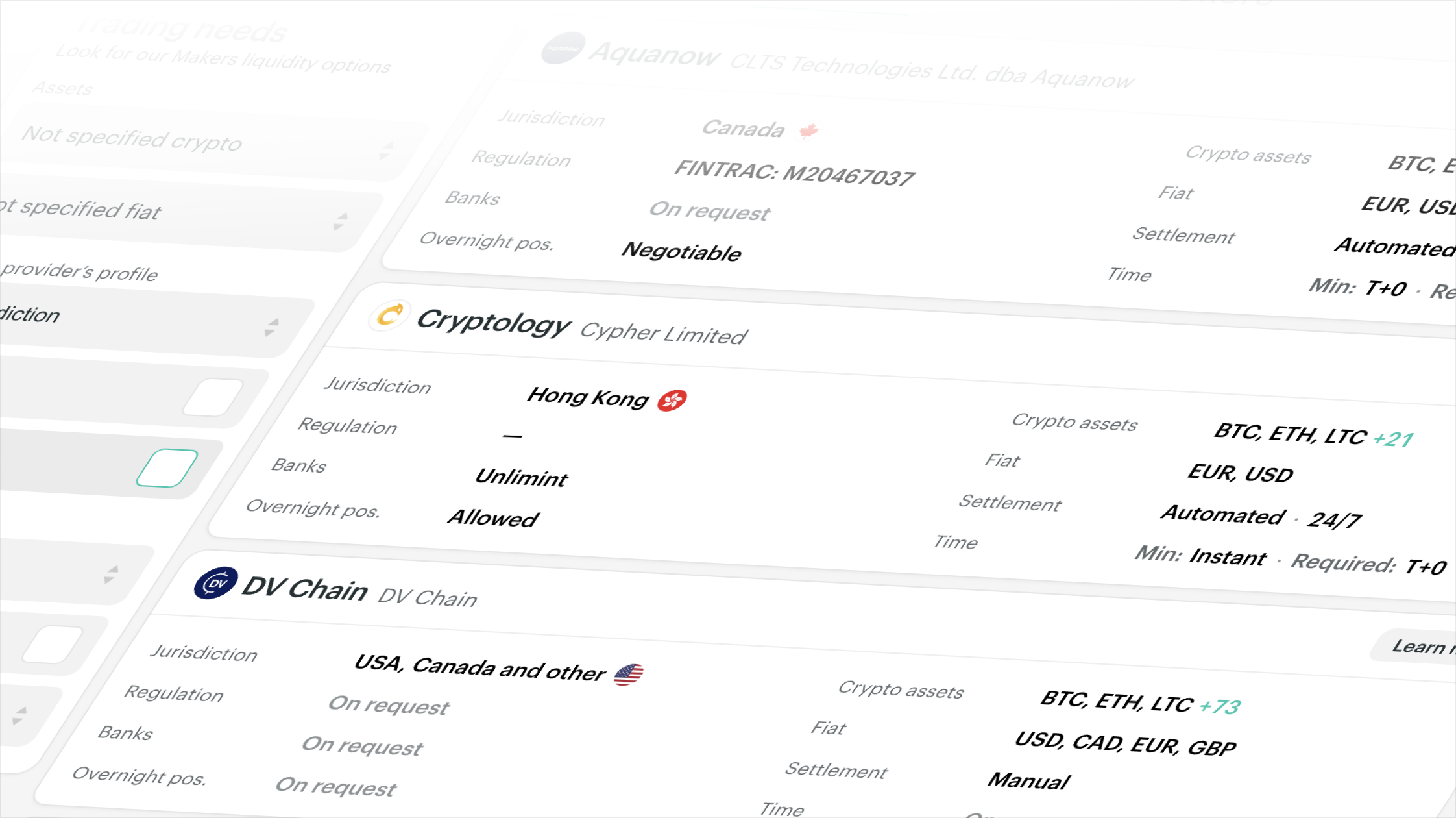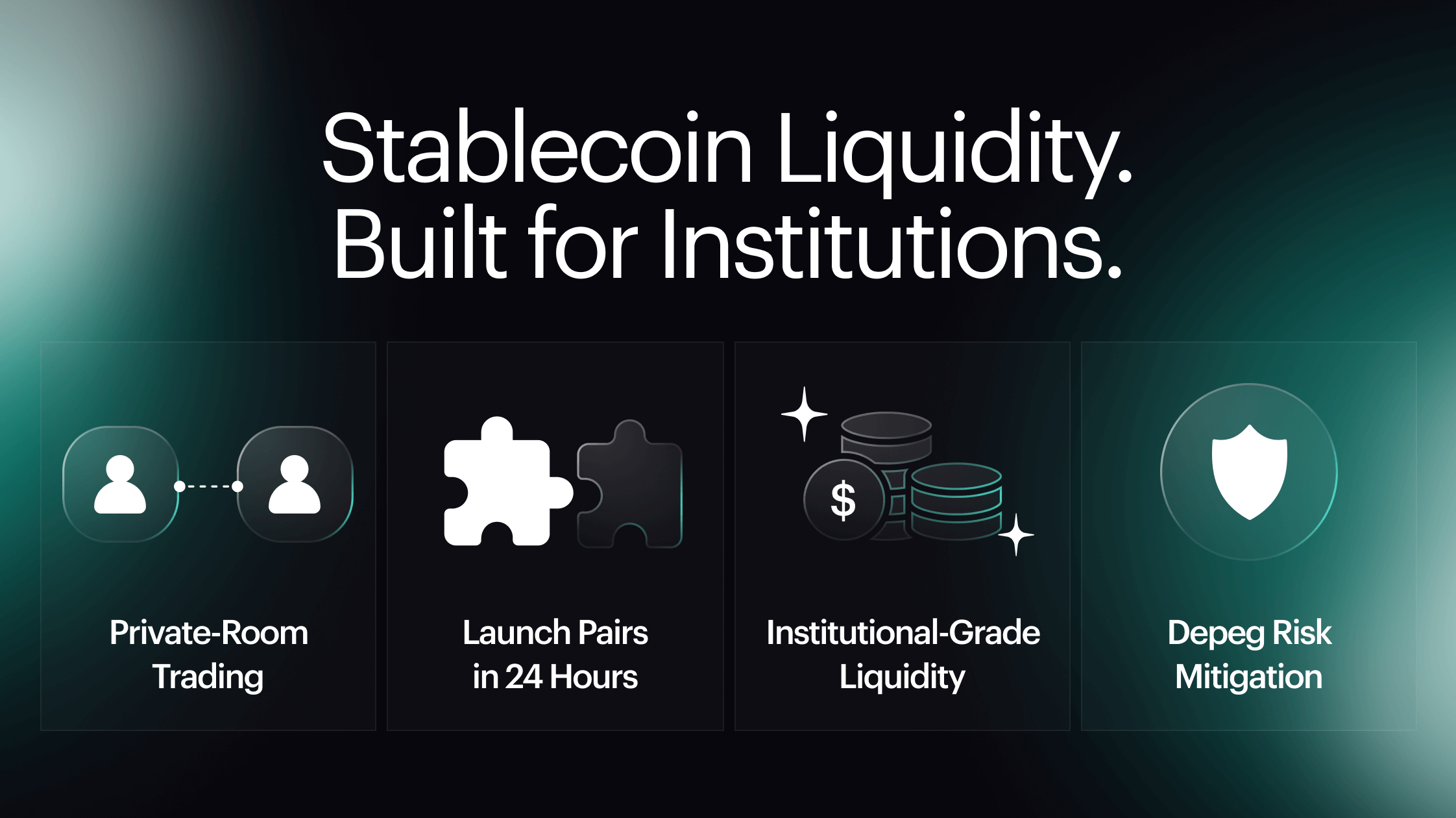
At its core, slippage refers to the gap between the anticipated price of a particular asset and the price at which it's actually executed. Though minor discrepancies in pricing are common in the realm of cryptocurrency trading due to its global nature and high fragmentation, they can escalate into significant issues if left unchecked. This article will explore the reasons behind slippage in the crypto market and provide insights on how both individual traders and institutional clients can manage these variances when dealing with digital assets.
Slippage is a well-known concept in the trading world that captures the divergence between an expected outcome and the actual one. Specifically, slippage represents the financial loss or gain incurred due to market volatility at the time of executing a trade and also could be caused by trading system design, particularly speed of execution, as the time it takes for a trade to reach the market can impact slippage. This situation arises when an order is fulfilled at a price that wasn't anticipated, often leading to undesirable consequences for the trader. Recognizing slippage and its potential risks is essential for anyone trading in crypto, making it an important consideration when placing orders.
What causes slippage?
Slippage in the crypto markets often arises from two primary factors:
Insufficient liquidity
Consider a situation where you want to place a large market buy order for 150 BTC at a rate of $30,000 per BTC on an exchange with limited liquidity. A scarcity of liquidity means that your entire order might not be filled at the specified price, and some parts will be matched with sell orders above $30,000.
For instance, you place a large market buy order for 150 BTC at $30,000 per BTC. Due to the size of the order and market conditions, the order gets filled as follows:
-
75 BTC of your order aligns with a sell order at $30,000;
-
50 BTC matches with a sell order at $30,450;
-
The remaining 25 BTC gets paired with a sell order at $30,900.
The resulting average price would be 30,600, showcasing a negative slippage of 2%.
Insufficient liquidity is a frequent issue faced by De-Fi platforms that rely on automated market making. When making a substantial trade in a pool with low liquidity, traders are likely to experience the negative effects of both price impact and price slippage. Price impact refers to the direct change in price caused by the trade itself, while price slippage refers to the change in price caused by external market movements during the execution of the trade.
High volatility
Slippage can also emerge due to high volatility, causing market prices to change swiftly after placing an order. Using the same example of buying 150 BTC for $30,000 per BTC, assume that the bid/ask prices for BTC are $29,980/$30,000 at the time you place the order.
In highly volatile markets, price fluctuations can happen almost instantaneously, even in the short time it takes to fill an order. Additionally, the information revealed by placing an order might influence the market, allowing high-frequency traders to capitalize on it.
In this scenario, a sudden shift in BTC's price occurs before the order is filled, leading to the bid/ask prices moving to $30,000.5/$30,006. As a result, the order is completed at $30,006, incurring an extra cost of $6 per BTC. The total negative slippage on the 150 BTC order would then be $900.
Speed of execution
One of the significant factors contributing to slippage is the speed of trade execution, which can be attributed to market design. Market design refers to the rules and mechanisms that govern how trading occurs in a particular market, including factors such as order types, market structure, and liquidity provision. The design of a market can directly impact the speed at which trades are executed, thereby influencing the occurrence of slippage.
For example, the presence of high-frequency traders (HFTs) can exacerbate slippage caused by the speed of trade execution. HFTs, using sophisticated algorithms and high-speed connections to execute trades in milliseconds, can quickly react to market movements. This ability can result in increased competition for liquidity, leading to slippage for other market participants.
In markets with high-speed trading systems, where trades are executed within fractions of a second, slippage can be more pronounced. This rapid execution of orders may lead to a lack of available liquidity at the desired price level. Consequently, the market order might be filled at a less favorable price, leading to slippage.
Another factor leading to slippage is the type of orders in the order book. In a market design with indicative pricing, a method used to provide estimated prices for traded instruments based on available market information, these indicative prices serve merely as a reference for traders. It's essential to recognize that indicative prices are not guaranteed execution prices and are subject to various market conditions, such as liquidity, supply and demand, and volatility. As a result, the actual executed price of a trade may differ from the indicative price, causing slippage.
Slippage resulting from market design with indicative pricing can occur in different scenarios. For example, during periods of high market volatility, the difference between the indicative price and the actual executed price can widen significantly. Additionally, slippage may occur when there is limited liquidity in the market. If there are insufficient buyers or sellers for a particular instrument, the executed price may deviate from the indicative price.
Types of slippage
In the context of trading, slippage can manifest in two ways, each having a distinct impact on the trader's position:
Positive Slippage
Positive slippage is the more favorable type, occurring when an order is executed at a price better than anticipated. This might happen when there's a strong demand or sudden surge in the asset's value, leading to quicker-than-expected order fulfillment. The advantage of positive slippage is that it enhances potential gains on a particular trade, providing an unexpected boost to profits.
Negative Slippage
Negative slippage stands in contrast to positive slippage and transpires when an order is filled at a less favorable rate than intended. Negative slippage can erode profits and even lead to substantial losses, so it’s an essential consideration for traders entering any position. Causes of negative slippage might include rapidly fluctuating markets or insufficient liquidity on an exchange, resulting in orders being filled at unexpected and undesired prices.
Why does slippage matter?
Slippage is a phenomenon that's present across various markets, be it stocks, forex, or crypto. However, it's of particular concern in the crypto world, known for its exceptional volatility.
Slippage is a critical concept for every trader, as it can be the deciding factor between profit and loss. Imagine a trader executing a large market order for a cryptocurrency. The price may start to move unfavorably before the trade is complete, leading to execution at a less favorable rate. Such occurrences can translate to significant financial losses.
Slippage isn't just about potential profits or losses. It has a direct influence on trading costs, with increased slippage meaning higher expenses. Delays in order execution due to slippage can further lead to missed opportunities, adding another layer of complexity to the trading process.
Slippage tolerance in cryptocurrency trading
Slippage tolerance, or the maximum price difference a trader is willing to accept for a trade, is another vital aspect to consider. Understanding your slippage tolerance allows you to balance rewards and risks accurately. Generally, a higher slippage tolerance might lead to increased risks of losses.
Choosing the right level of slippage tolerance requires thoughtful analysis, depending on market conditions and your trading strategy. In highly volatile conditions, you might need a higher slippage tolerance for quick and efficient execution. Conversely, in more stable market periods, a lower tolerance may lead to more favorable trade executions. Adjusting slippage tolerance according to current market conditions is an essential skill.
Calculating slippage in crypto trading
Understanding and calculating slippage can seem complicated but is vital for maximizing profits and minimizing losses in crypto trading. As we proceed, we will explore how to accurately calculate slippage when navigating the dynamic and often unpredictable cryptocurrency market.
How to calculate slippage
Calculating slippage in the world of cryptocurrency trading is relatively straightforward. Understanding how it's done can offer insights into potential profits or losses before placing an order.
Slippage calculation: A simple formula
You can calculate slippage by taking the difference between the current market price and the price at which the trade was executed:
Slippage = Current Market Price – Executed Trade Price.
For example, if you place a buy order for 1 Bitcoin when the market price is $12,500, and it gets filled at $12,300, your slippage would be $200 (12,500 - 12,300). This reflects a situation where the final price was lower than the expected price.
Calculating slippage percentage
To determine the slippage percentage, you can divide the difference between the current market price and the executed trade price by the current market price:
Slippage Percentage = (Current Market Price – Executed Trade Price) / Current Market Price.
Using the same example, where a buy order for 1 Bitcoin at $12,500 is filled at $12,300, the slippage would be $200 (12,500 - 12,300). Hence, the slippage percentage would be 1.6% (200/12,500), representing a 1.6% deviation from the expected price.
Should you worry about crypto slippage?
Understanding slippage in the crypto world and knowing how to minimize potential risks is essential for everyone involved in the market. However, the level of concern over slippage may vary among different types of investors.
Retail market participants
For casual crypto investors who transact sporadically and plan to hold their crypto assets for an extended period, slippage might not be a significant concern. A difference in slippage of -0.5% instead of -0.25% may seem minimal. In the context of long-term investments, this small discrepancy is likely to be overshadowed by the potential returns on the investment.
Institutional market participants
Contrastingly, for larger-scale investors, even a marginal loss of -0.25% to -0.5% can translate into a substantial sum of money. Such investors may find it prudent to invest time and resources in minimizing slippage as much as possible. The relative importance of slippage, in this case, emphasizes the need for careful strategies and attentiveness to market conditions.
Slippage is a variable that requires varying levels of attention depending on the scale and goals of the investor. While it may not be a critical concern for smaller investors focusing on long-term gains, it can be a significant factor for larger scale investors aiming for optimized performance. Recognizing the individualized impact of slippage is key to tailoring strategies and making informed trading decisions in the crypto market.
FM Marketplace: How to reduce crypto slippage
In the complex world of crypto trading, maintaining multiple connections to liquidity providers can be resource-consuming and a significant drain on infrastructure and back-office costs. This approach, while seemingly comprehensive, harbors inherent risks. Many liquidity providers have indicative pricing as well as the power of "last look" due to their trading system design, which allows them to reject orders without warning. This leaves institutions in a precarious position and leads to higher execution costs.
Order routing solutions, designed to simplify access to multiple liquidity providers, only partially address the issue. These solutions depend on indicative prices and don’t manage a matching engine. The result can be unpredictable execution and increased slippage, a scenario that is clearly suboptimal for any serious crypto business or institution.
Finery Markets offers a robust solution to these challenges: FM Marketplace. By enabling market makers to stream firm orders to a multi-dealer marketplace, FM Marketplace provides superior execution quality, minimizing both price impact and price slippage. Having a single connection to multiple liquidity sources that stream firm orders guarantees transparent and predictable execution.
The aggregated order book provided by Finery Markets minimizes slippage across all liquidity providers, ensuring optimal trade execution. Pre-trade leverage, combined with advanced risk management and flexible automated 24/7 post-trade settlements, positions Finery Markets as the premier choice for crypto firms and institutions looking to get predictable execution, minimize slippage, and maximize trading efficiency. This comprehensive approach puts control back in the hands of traders, allowing for more strategic planning and effective management of the dynamic crypto trading landscape.
The bottom line
Slippage in the crypto market is a significant phenomenon, describing the discrepancy between expected and actual trade execution prices. Its impact varies according to factors such as market liquidity, volatility, and the size of the trade. While small-time investors might not be substantially affected by minor slippage, for larger investors, even a small percentage difference can translate into considerable sums. Thus, understanding the mechanics of slippage is vital for traders of all levels.
Choosing trading venues with a proper market design and good liquidity is essential in managing slippage. It not only helps in reducing potential losses but also allows traders to navigate the often unpredictable crypto market with confidence and precision.
In conclusion, slippage is an integral part of crypto trading that demands attention and strategic planning. Whether benefiting from positive slippage or minimizing the effects of negative slippage, a well-informed approach to this aspect of trading can lead to more predictable outcomes and a more successful trading experience. By adopting effective strategies and tools, traders can turn a potentially challenging aspect of trading into an opportunity for growth and success.

























